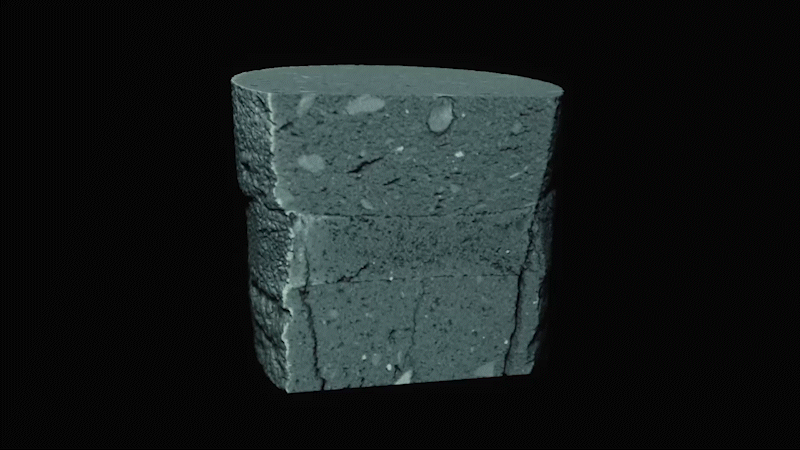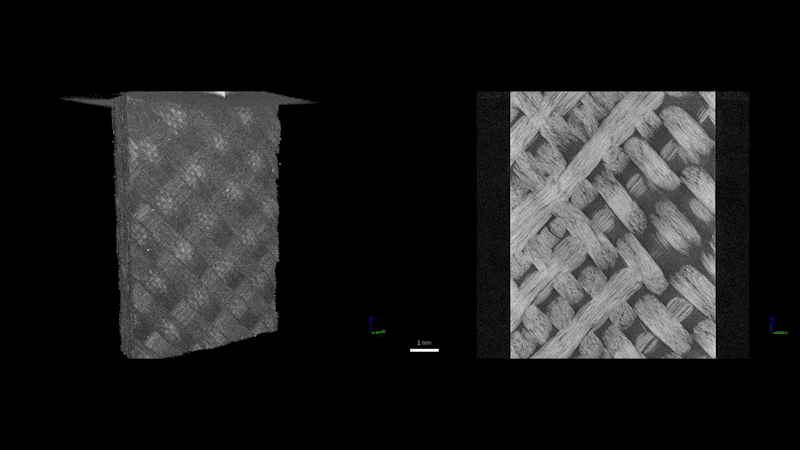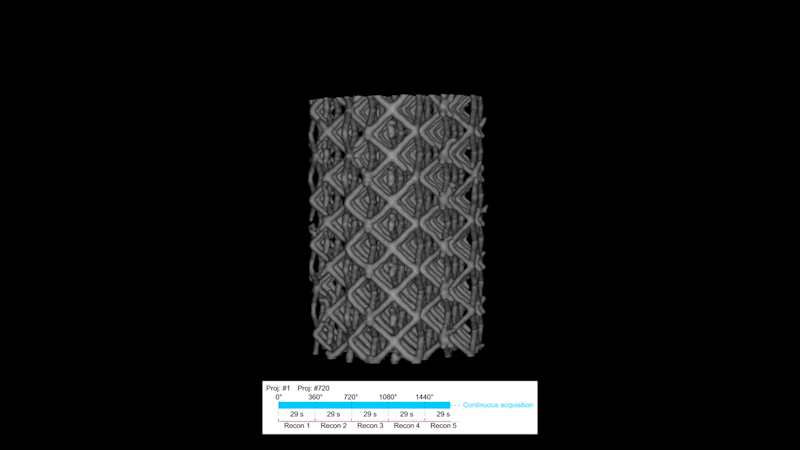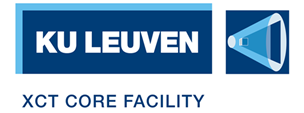In-situ stepwise and dynamic imaging
Time-resolved imaging is a necessity in our research, as many processes we study under compression, tension, bending, imbibition, or during heating, are time dependent. Time is, therefore, the fourth dimension (4D-XCT)to be considered. Depending on the specific research, the changes to the microstructure can be relatively slow (hours or even weeks in the case of shrinkage or expansion under ambient conditions), in which case time-lapse imaging is applied, or almost instantaneous (in the case of crack initiation and propagation), in which case dynamic scanning is performed with a continuous acquisition while loading. By matching the scan speed to the deformation speed in the dynamic compression experiments, the deformation of a bone scaffold or brick sample (shown below) is captured and 3D displacement and strain maps are generated.
Website: https://www.mtm.kuleuven.be/onderzoek/scalint/ndt
Contact: martine.wevers@kuleuven.be, jeroen.soete@kuleuven.be




